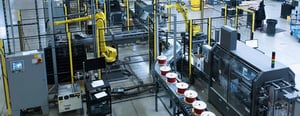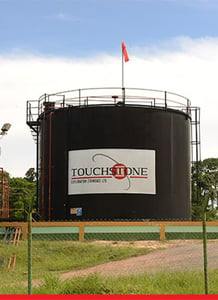Surface Transforms plc (LON:SCE) interims, yesterday, reported a loss, so the chairman’s statement of “considerable strategic progress” is notable. We concur. The automotive brake market is strong, all the more so in SCE’s market of carbon ceramic discs. SCE’s order book since end-2020 is up nearly six-fold and it makes an explicit statement as to supportive customers and prospects for more orders. Capital investment is in place and operational for our 2023 sales estimates, and there is clear line of sight for £50m p.a. capacity during 2024, with spending already started on the next rise to £75m p.a.
- Raised production problems resolved and growth in place: Early challenges in the initial five-fold rise in capacity have now been resolved. Production problems have been painful into 2Q’23, which came in below our estimates. 2H’23 annualised amounts to £20m sales.
- Growth: In 2023, Surface Transforms is capacity-constrained. It guides to £8m capex this year; we estimate similar, or greater, for 2024 and 2025. The £20m p.a. capacity is now fully installed, commissioning progressing well and production ramping up in 4Q’23. £50m capacity, well under way, underwrites SCE’s customers’ strong expansion.
- Repeat customers “fully engaged”: It is worth reiterating that its three largest customers have placed more than one initial order. The current order book, spread over ca. four years indicates £50m annual sales. Only modest money still remains to be spent for the rise to £50m p.a. capacity, scheduled in place for 2024.
- Risks: Operational gearing is high, which has caused slippage as a result of the past production problems, now over. Customer confidence is high and there is an operational path to £75m p.a. capacity, but 2023 sales estimates have halved since the problems emerged.
- Investment case: Surface Transforms is growing its sub-10% market share and is one of only two participants in this growth market. The automotive brake market is strong, as indicated by larger operators. This is a strongly R&D-led business and the difficult past nine months show how high are the barriers to competition, while also inflicting a further one year of losses, not anticipated at the beginning of this year.





































